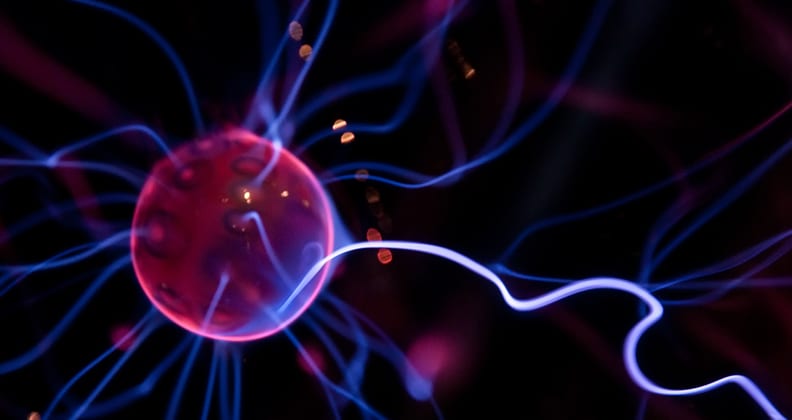Researchers from Curtin University have been able to demonstrate how chemical bonds between atoms are impacted by static electricity, unlocking future potential benefits for the manufacturing and electronics industries.
The research, published in the Journal of the American Chemical Society, found that an external electric trigger can selectively split chemical bonds between carbon and oxygen atoms, the “glue” of common organic molecules, shedding light on an overlooked aspect of chemistry and nanotechnology.
Lead researcher Dr Simone Ciampi, from Curtin University’s Department of Chemistry said the research findings were unexpected, adding they can potentially revolutionize the way electrical circuits of digital devices are made.
“Through our research, we were able to observe that alkoxyamines molecules, common additives used in the manufacturing of plastics, were prone to undergo very fast chemical transformations, when aligned in an external oriented field,” Dr Ciampi said.
“This research will allow for other scientists to pursue the cutting-edge field of synthetic organic electrochemistry, as well as allowing for the development of micro-devices in the electronics industry.
“We have been able to determine how the electric charges can promote chemical reactions, which means, for example, we have identified the possibility of making transistors out of small organic molecules, smaller and less power thirsty electrical devices.”
Co-author Dr Nadim Darwish, also from Curtin University’s Department of Chemistry, said the research was significant as it will potentially assist with developing new, greener and more efficient ways to control chemical reactions.
“The impact of static electricity is now beginning to emerge as an important branch of material science and can lead to new ways of studying chemical bonding,” Dr Darwish said.
“By being able to determine the impact of static electricity on chemical bonds, our research could potentially break down further barriers between the chemical and electronic industry.”
The paper was also co-authored by researchers from the Australian National University and University of Wollongong.
The full research paper Electrochemical and Electrostatic Cleavage of Alkoxyamines can be found online here.



